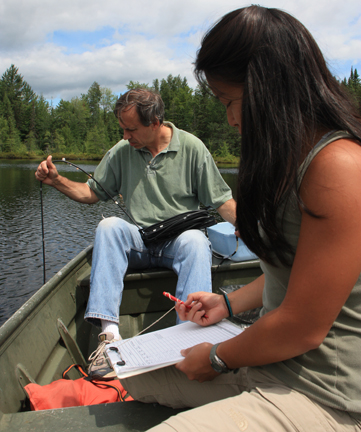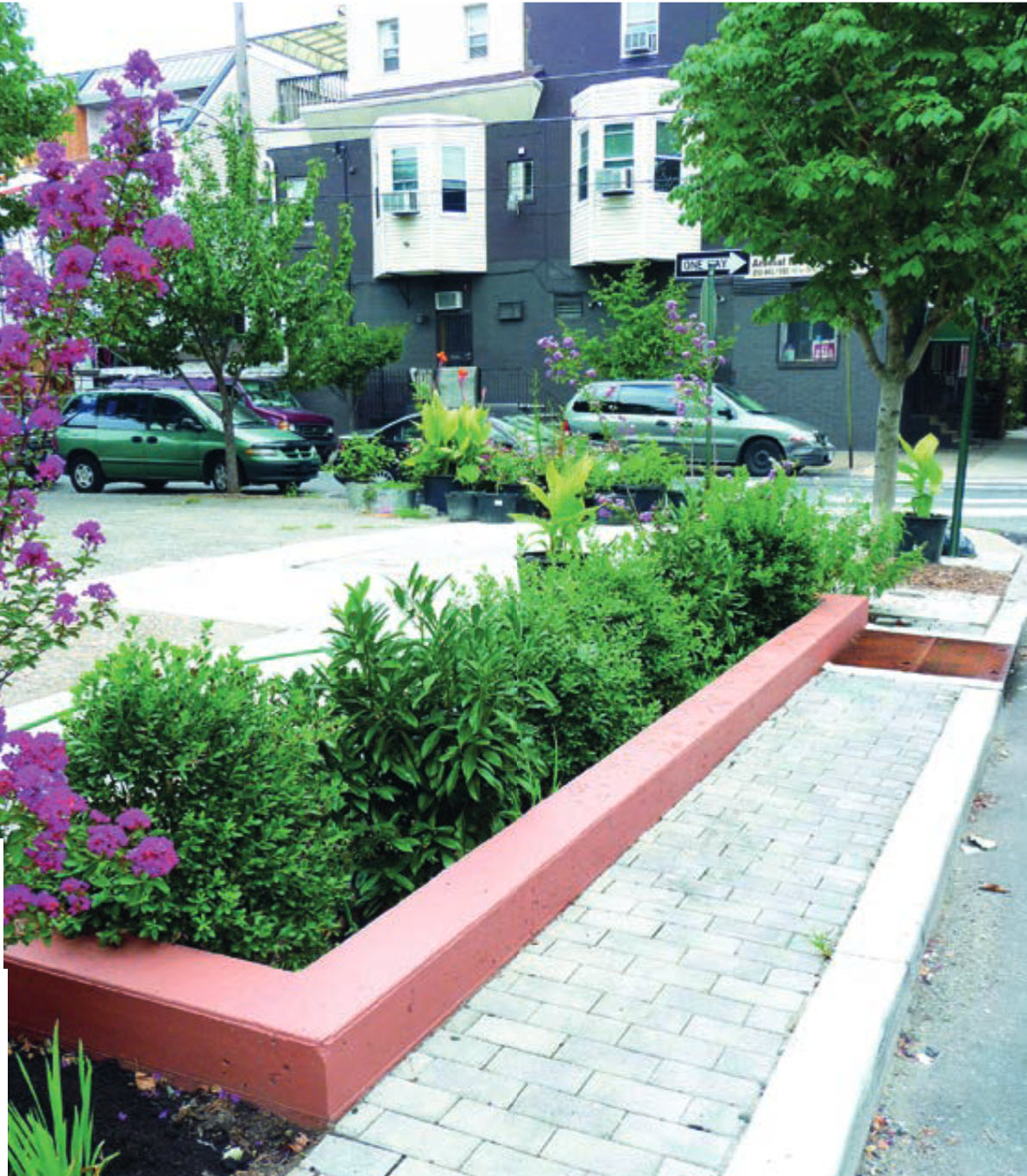
University of Virginia (U.Va.) environmental scientist Michael Pace and former U.Va. student Carol Yang conduct a water study.
Researchers from the universities of Virginia and Maryland were surprised to find eastern U.S. rivers increasing in alkalinity. In a study of 97 rivers from New Hampshire to Florida, researchers found that two-thirds have become more alkaline over time spans of 25 and 60 years.
This increased alkalinity is affecting rivers that provide water to many of the major cities on the east coast, including Washington, D.C. and Philadelphia. Increased alkalinity complicates water and wastewater treatment, increases pipeline corrosion, and encourages algal growth. At high enough levels, alkalinity can lead to ammonia toxicity that can harm irrigated crops and fish.
Researchers hypothesize that increasing alkalinity is caused by acid rain dissolving limestone and other carbonate rocks as well as man-made surfaces, including concrete sidewalks. Water alkalinity has increased the fastest in areas underlain by porous, carbonate rocks, which is the case throughout much of the eastern U.S. High elevations are also prone to receiving more acid rainfall. This is the certainly case in the steep slopes of the Appalachian Mountains, an area that also has very thin soils.
“It’s like rivers on Rolaids,” said lead author Sujay Kaushal, a University of Maryland geologist. “We have some natural antacid in watersheds. In headwater streams, that can be a good thing. But we’re also seeing antacid compounds increasing downriver. And those sites are not acidic, and algae and fish can be sensitive to alkalinity changes.”
According to Kaushal, increased alkalinity could be a legacy impact of acid rain, mining, and land use. “The acid rain problem is decreasing. But meanwhile there are these lagging effects of river alkalinization showing up across a major region of the U.S.,” he said.
Researches have published their results in an online edition of the journal Environmental Science and Technology. Read more in the press release.





